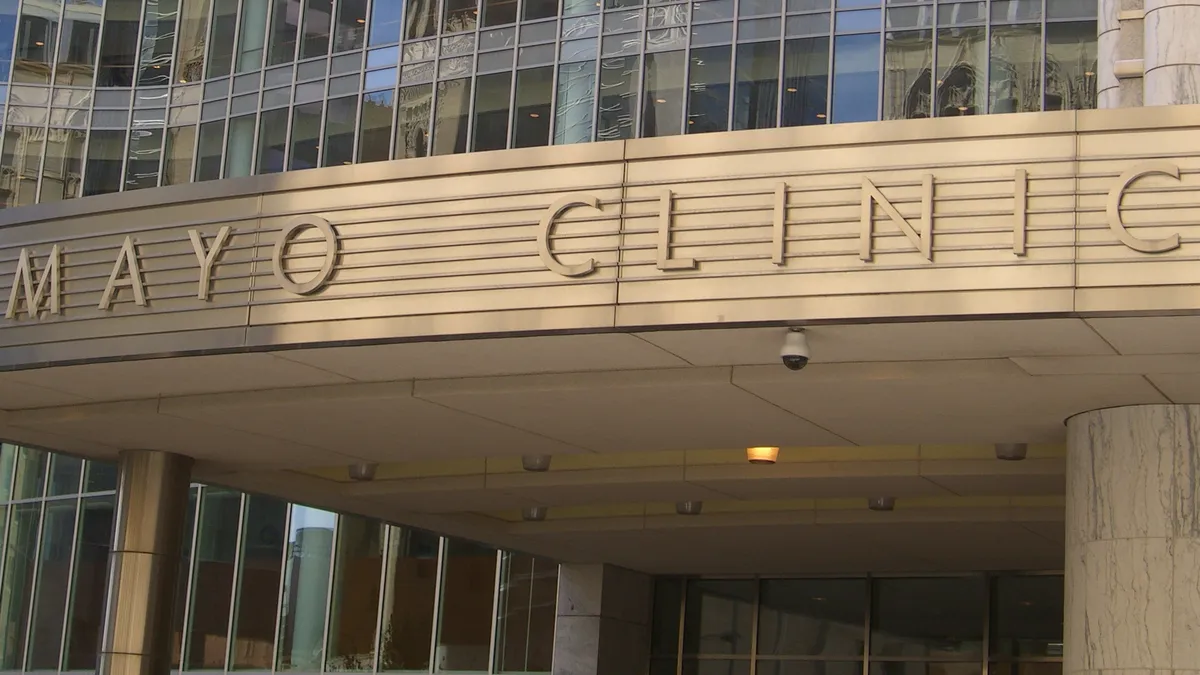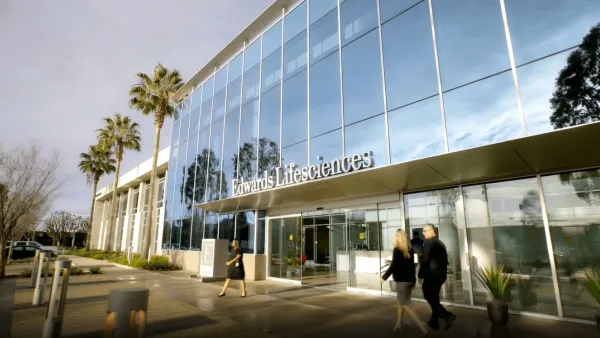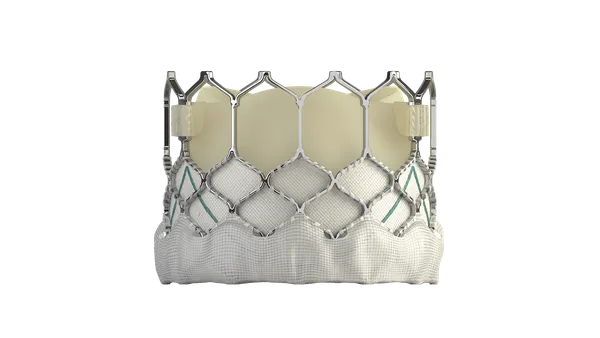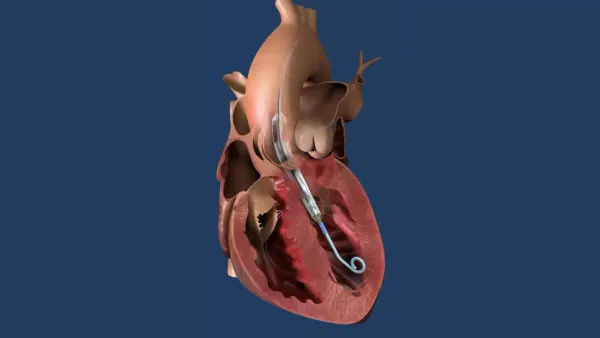Dive Brief:
-
Mayo Clinic is set to perform first-in-human studies of BioSig Technologies' PURE EP system for recording raw cardiac signals.
-
The trials will seek to validate the safety and efficacy of the system in mapping and ablation procedures, thereby laying the groundwork for larger studies that support commercialization of the technology.
-
BioSig received 510(k) clearance for PURE EP earlier this year and plans to start a commercial push next year.
Dive Insight:
It is now more than 20 years since electroanatomical mapping systems entered clinical practice and paved the way for the performance of difficult interventional ablation procedures. Over that period, advances have improved physicians' ability to map cardiac chambers, build ablation lesion sets and perform a range of other tasks vital to the diagnosis and treatment of cardiac problems.
However, there remains scope to improve the fidelity of the captured cardiac signals. Conventional electrophysiology hardware passes the signal through a series of amplifiers and filters, rendering it hard or impossible to recover the original raw data.
BioSig designed its stripped down series of processing steps to enable the recording of raw cardiac signals. These signals can be filtered and processed using accompanying software and then compared to the raw readout. BioSig and its collaborators think this will improve visualization of signals in the presence of noise and artifacts.
Working with Mayo Clinic, BioSig has performed preclinical studies in dogs to assess the effectiveness of the system. The findings of those studies encouraged BioSig to push forward with development of PURE EP, leading it to receive 510(k) clearance from FDA in August and embark on a clinical program.
BioSig put the first piece of its push into the clinic in place late last month when it entered into an agreement with Texas Cardiac Arrhythmia Institute to run first-in-human studies. The agreement with Mayo Clinic gives BioSig a second center at which to test PURE EP and tightens its ties to researchers familiar with the technology.
K. L. Venkatachalam and Samuel Asirvatham will oversee the first-in-human studies of PURE EP. The researchers were also involved in the preclinical studies performed by Mayo Clinic and have a financial interest in the technology.
If BioSig is to succeed, it will need to generate data compelling enough to unseat some large and entrenched incumbents. Abbott Laboratories, Boston Scientific, GE Healthcare and Siemens have all bought their way into the electrophysiology recording market over the past 20 years. BioSig thinks these rival systems share similar flaws but currently lacks clinical data to show PURE EP is better.











